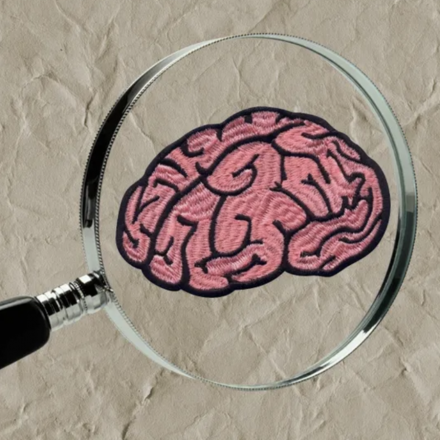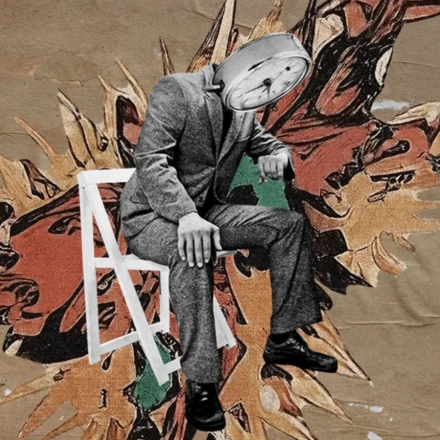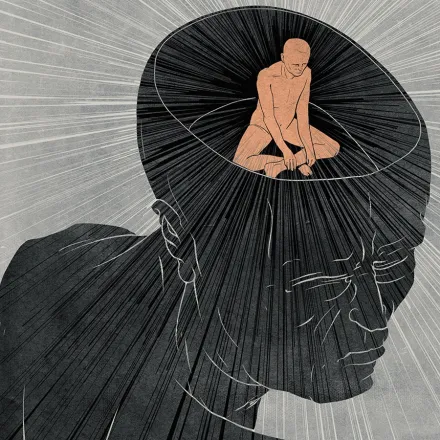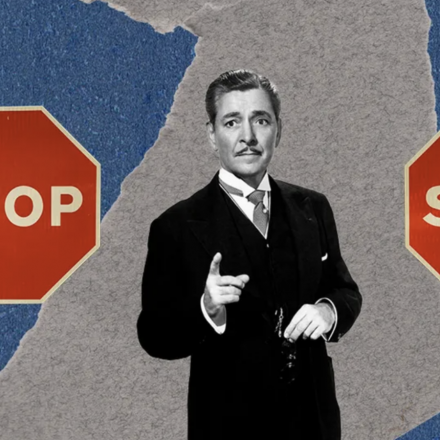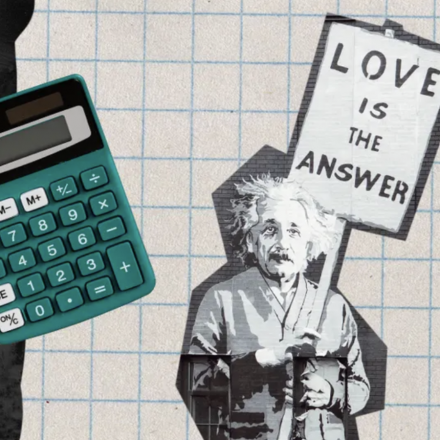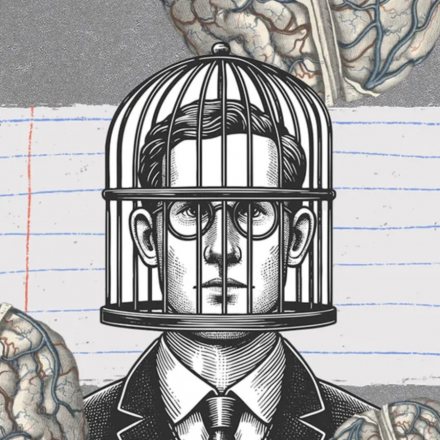When was the last time you felt conflicting emotions? For example, imagine your child is going off to college. Emotions wash over you like ocean waves: you feel proud of their independence, but you also experience the heartache of separation. This is a real mix of feelings, and such a situation perfectly illustrates how our brain deals with conflicting emotions. So, let’s delve into how this works.
The Brain and Emotions: From Fear to Joy
Scientific research shows that emotions shape our behavior and reactions. If you’re walking in the woods and suddenly see a bear, your body reacts with fear: your heart races, your breathing intensifies, and you feel an urge to run. This helps you survive. On the other hand, warm feelings towards loved ones encourage you to stay close and strengthen those relationships.
In general, emotions are categorized as positive or negative, but what happens when they mix? Can we truly feel joy and sadness at the same time, and how does our brain process that?
Untangling Conflicting Feelings
Traditionally, science defines emotions as opposite states: positive and negative. However, recent studies show that mixed emotions are not just a combination of opposites; they represent a unique state that requires special attention. It turns out that certain emotions, like nostalgia and awe, are experienced by people as simultaneously positive and negative.
Recent research indicates that our body reacts differently during mixed emotions than during purely positive or negative feelings. For instance, people experiencing both disgust and amusement demonstrate unique physiological responses that differ from plain disgust or joy.
What the Brain Says
In one study, researchers aimed to find out how our brain reacts to mixed emotions. Participants watched a touching animated film about a girl dreaming of becoming an astronaut, noting their feelings throughout. The results showed that certain areas of the brain’s cortex, like the anterior cingulate cortex, are responsible for processing conflict and uncertainty.
These regions, unlike others, can integrate multiple sources of information, allowing us to genuinely feel a mixed emotion. Scientific research shows that understanding such emotions develops in childhood, when kids begin to form the ability to regulate and recognize their feelings.
Lessons from Mixed Emotions
Understanding mixed emotions opens new horizons for our emotional development. They can help us cope with significant life events, such as saying goodbye to a friend moving to another city. Such moments can turn into cherished memories, even if they bring sadness.
On the flip side, mixed emotions can sometimes lead to ongoing distress. For example, if you realize you need to break up with a partner but can’t forget the positive moments, it creates an internal conflict.
So, what can we take away from all this? A deeper understanding of mixed emotions may help us handle intense feelings and turn them into memories that uplift and inspire rather than distressing separations that are hard to get over.
Mixed emotions are not just fleeting states. They are part of our emotional landscape that requires attention and understanding. By understanding how our brain responds to these complex feelings, we can learn to manage them and use them to our advantage, better coping with life’s changes and strengthening our relationships.




